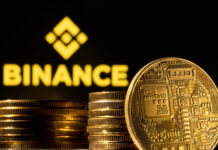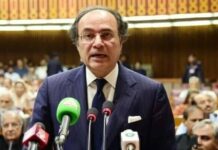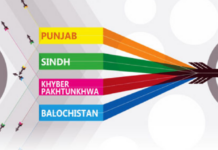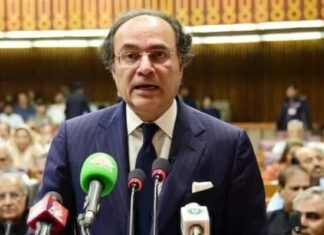Karachi — Interbank lending rates in Pakistan witnessed a sharp decline on Tuesday, a day after the State Bank of Pakistan (SBP) unexpectedly slashed its benchmark policy rate by 100 basis points to 11%, signalling a shift toward monetary easing amid improving inflationary trends.
According to data from Arif Habib Limited, Karachi Interbank Offered Rates (KIBOR) fell across all key tenors. The one-week KIBOR declined by 91 basis points to 11.43%, while the two-week rate dropped 87bps to 11.44%. The one-month KIBOR fell 77bps to 11.47%, three-month by 75bps to 11.33%, and six-month by 64bps to 11.44%.
The nine-month KIBOR stood at 11.53%, down 73bps, and the one-year tenor fell 75bps to 11.51%.
KIBOR, a critical reference rate for commercial lending, reflects the average interest rate at which banks are willing to lend to one another. The swift downward adjustment underscores market confidence in the SBP’s inflation outlook and its monetary policy trajectory.
The central bank’s Monetary Policy Committee (MPC), in its policy statement on Monday, cited a sharp decline in inflation during March and April, attributing it to falling administered electricity tariffs and easing food prices. Core inflation also moderated in April due to favourable base effects and subdued demand.
“Overall, the MPC assessed that the inflation outlook has improved further relative to the previous assessment,” the statement noted. However, the committee also flagged risks tied to global uncertainties, particularly ongoing trade tariff tensions and geopolitical developments, which could pose external challenges.
SBP Governor Jameel Ahmad, speaking at the post-policy briefing, said the external sector was stabilising and key macroeconomic indicators were on an improving trajectory. He acknowledged recent pressure on foreign exchange reserves due to debt repayments but pointed to a year-on-year improvement.
Regarding rising global trade frictions, the Governor said the implications of U.S. tariff policies remain uncertain and would depend on developments following the expiration of a 90-day review window.
Market participants are now watching how swiftly lending institutions adjust loan pricing and credit growth, as the KIBOR decline paves the way for lower borrowing costs across sectors.























